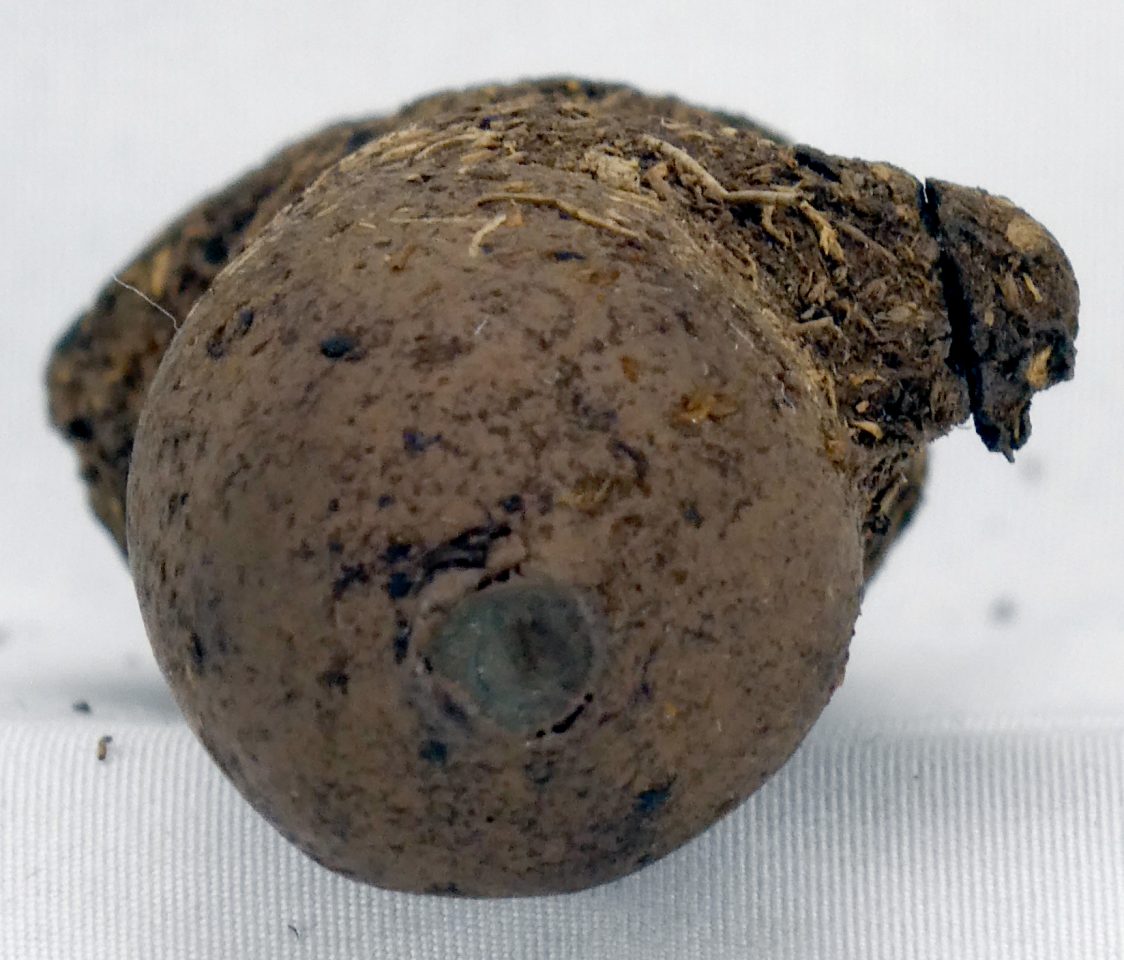



The T-1151 Radio Transmitter was designed to covertly monitor troop movements in the jungles of the Ho Chi Minh trail. It was deployed between 1969 – 1972 as part of Operation Igloo White, usually dropped from modified OP-2E aircraft assigned to the squadron VO-67 in suspected high traffic areas. The sensors worked by sending a VHF signal to orbiting aircraft when physically disturbed, which was then forwarded to 200000 quare foot Infiltration Surveillance Center (ISC) at the U.S. Air Force Base at Nakhon Phanom, Thailand, which contained many IBM 360-65 computers for processing data that helped intelligence analysts to determine the targets’ bearings and who could relay the information to attack aircraft. All this could be done in as little as 2-5 minutes. The sensors were disguised as sticks or animal (dog) feces with peat moss stuck to the plastic “casing” [1].
Other acoustic sensors were disguised as twigs and rocks, especially after it was found that there were no wild dogs in the Ho Chi Minh trail region. Some sensors were also hand-placed by ground operatives, who were issued cards of sensors shrink-wrapped to cardboard [2]. The CIA’s Rascal Program, in particular, used 2-4 man teams of Hmong tribesmen dressed as civilians to plant sensors close to North Vietnamese troop concentrations and supply depots to direct air strikes. These sensors were custom-made in Udorn, Thailand to match the local characteristics of the operational environment [3].
Note that “TURDSID” appears to be a collector’s term and the official name for this device is “Automatic Radio Frequency Buoy/Noiseless Button Bomblet” (ARFBOUY/NBB) [4].
